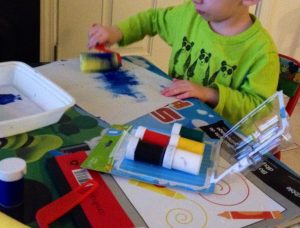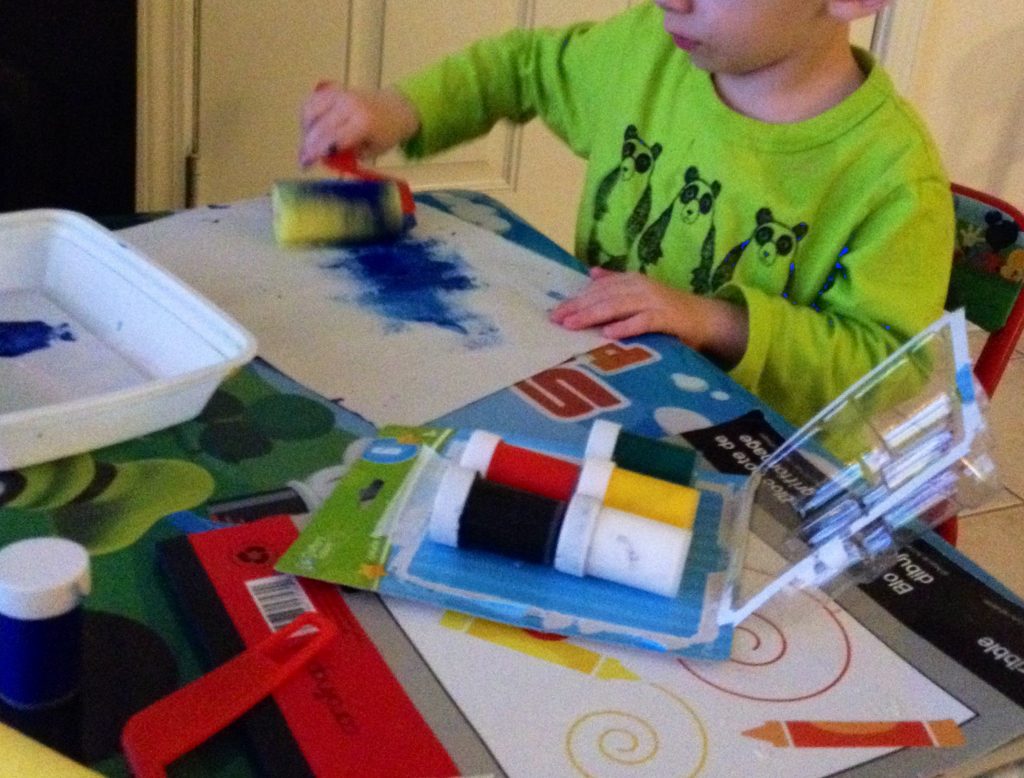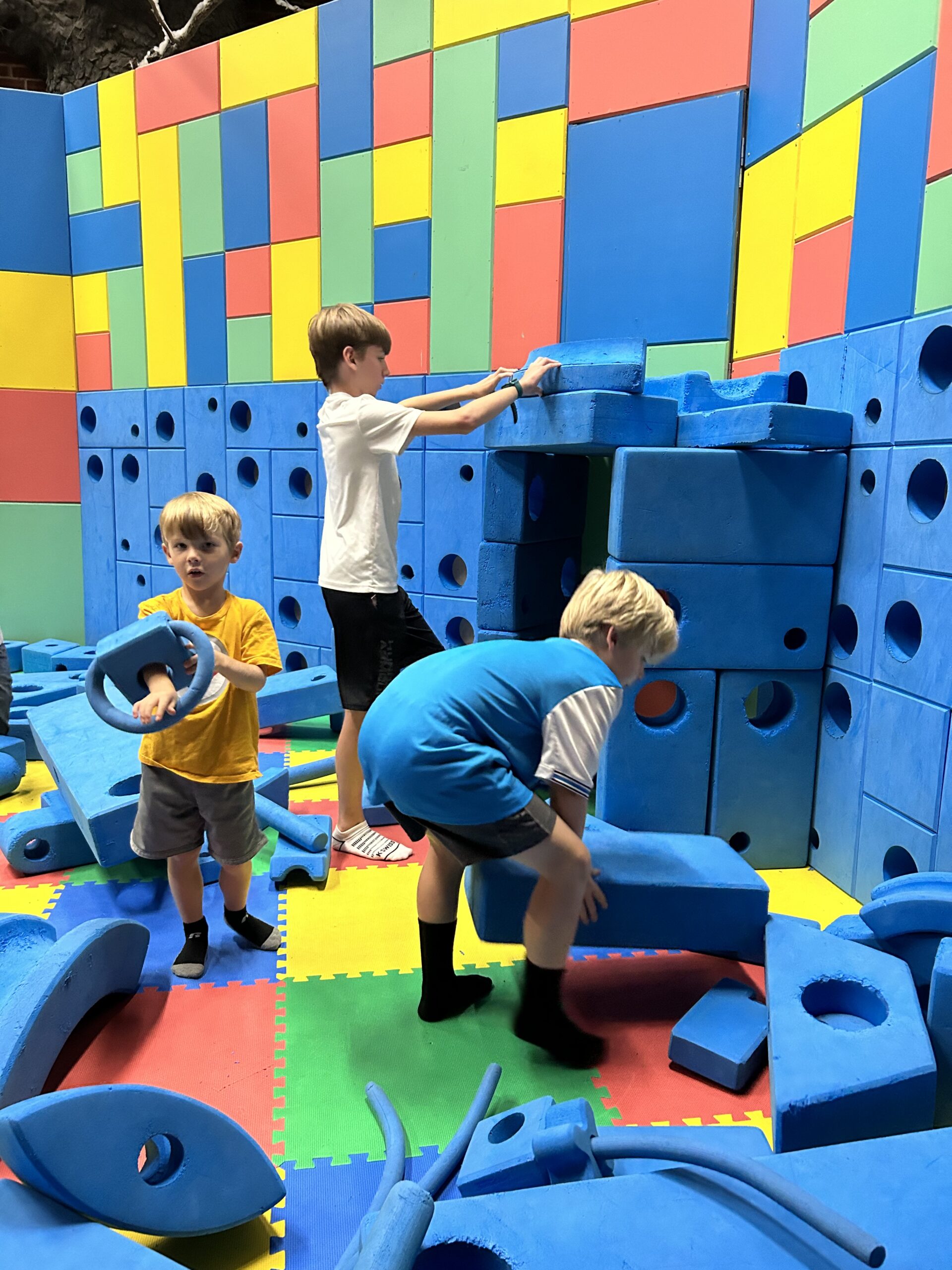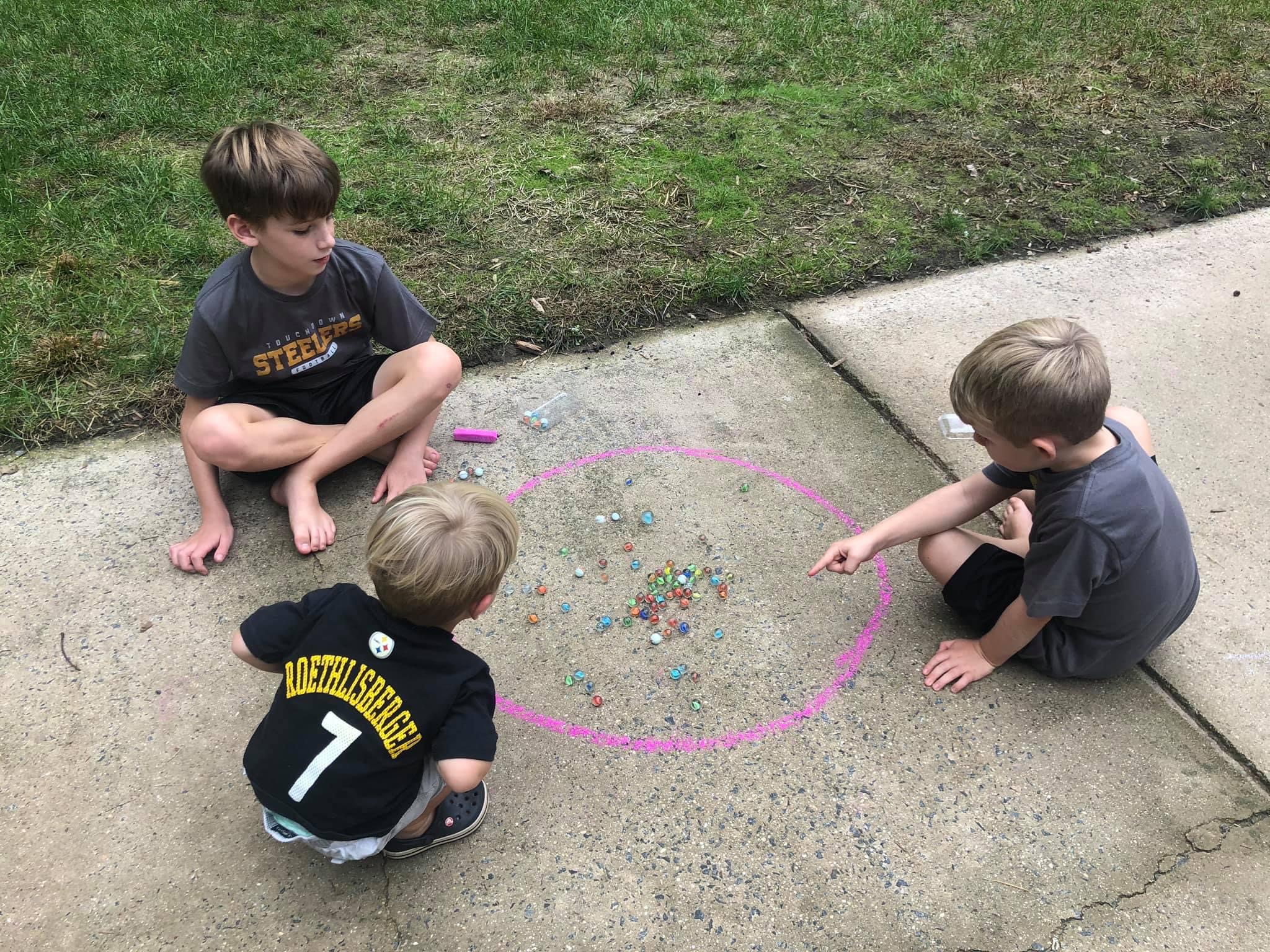‘Fidgets’ is what describes the actions of many special needs students. They need a type of ‘fidget’ tool for the classroom to stay focused on a task. But, when that tool disturbs the classroom, it’s time to try another strategy. These students are the movers, tappers, and hummers in the class. ADHD kids are in constant motion and they fidget. They can’t sit still for long periods of time. Often, they stand up while working or make excessive noises if they are required to sit still. They need a physical outlet.

In today’s world, children are constantly in an upright position. Rarely do we see them rolling down hills, climbing trees, or spinning in circles. Schools have shortened recess time because of the rigorous curriculum and yearly testing. Simply put, students are not moving enough. Because of this, children have poor core strength and balance. A study indicates that when compared to children from the early 80s, one out of twelve had normal strength and balance.
We require children to sit still. So, when in class, children fidget. And, it becomes a problem. They are not getting the necessary movement that is needed throughout the day. When a child fidgets, it is important to understand they need movement. Counselors, doctors, and scientists have a variety of explanation for fidgeting. However, they don’t know conclusively why it occurs. Some say it is a need for stimulation. Others say the brain is incapable of inhibiting the fidgeting urge.
Strategies for Students with the Fidgets
Fidget objects keep a student on task. Each ‘tool’ a student uses is based on a modality of visual, auditory, tactile, movement, taste, or smell. As classroom tasks vary, so does the selection of the fidget object/tool. In addition to the selection, it is important that it does not distract the student or his peers. Depending on a student’s needs, additional strategies consist of:
• Incorporating movement into lessons. Studies show that movement improves motivation. It keeps students engaged whether or not they have a particular disorder. Some tactics include: swiveling in a hair, rocking, or standing.
• Providing frequent breaks help students that have short attention spans.
• For some students, a visual fidget is necessary. Visual fidgets are about noticing the details of the classroom: colorful tools, a fish tank, a window, or a flame in a fireplace.
• Other students need sound: listening to music, whistling, humming, or a clock ticking,
• Fidget toys are available for students that need touch. However, many of these marketed toys can cause a distraction and interfere in the lesson.
• Tastes and smell with eating or aromatherapy helps some but, also causes a classroom disruption.
Whatever the ‘fidget’, we need to give students permission to be themselves and to fidget when necessary. After all, it is always about the learning and building a foundation so our students become the best they can be.




